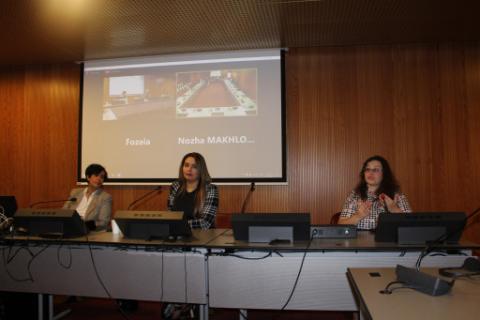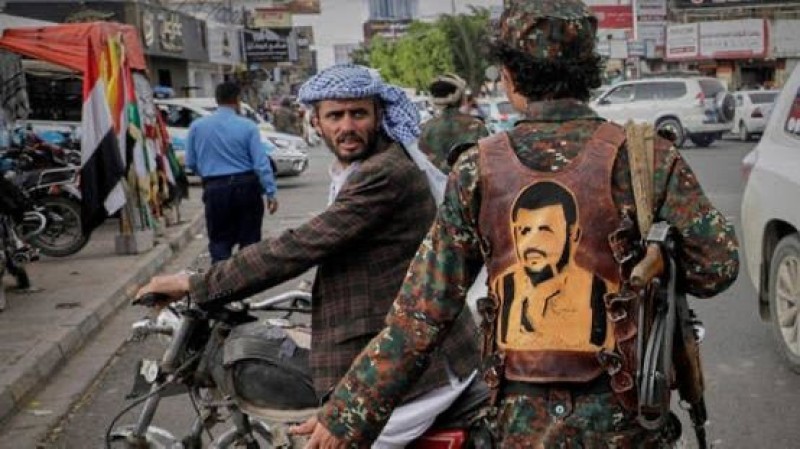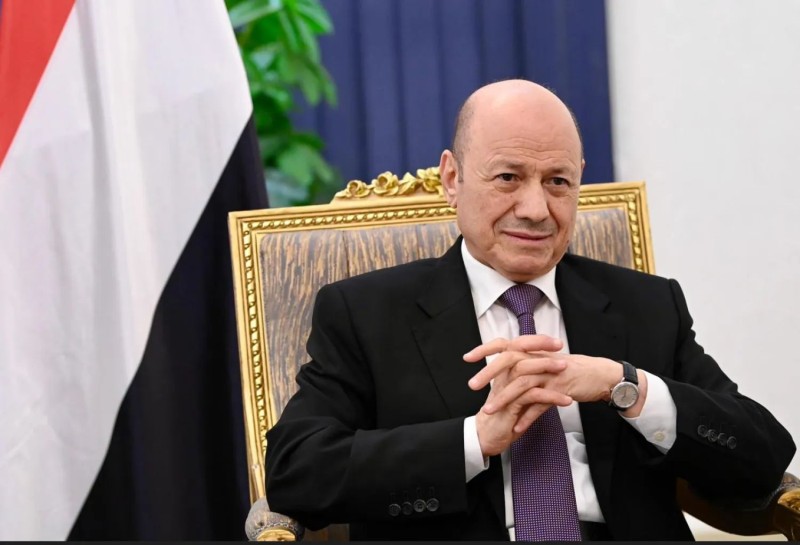Eight Children Killed This Past Month As Fighting Intensifies In Yemen


Yemen’s humanitarian crisis rages on, wreaking havoc on the most vulnerable. It has been reported on March 20th, by UNICEF’s representative to Yemen, Phillipe Duamelle, that 8 children have been killed and 33 have been wounded, as violent altercations between the Houthi rebels and Saudi-led military have continued to escalate in provinces of Taiz and Hodeida, often targeting hospitals and schools. Duamelle commented, “We condemn these attacks in the strongest possible terms. Too often children and families are paying such a heavy price as conflict rages around them,”.
It has also been reported the attacks have come after a possible ceasefire plan. Saudi Arabia offered their Houthi adversaries a cease-fire agreement that included the reopening of Yemen’s international airport in Sanaa, which has been under siege for nearly six years. In which The Houthis rejected the bid, saying it offered nothing different. Xavier Joubert, the president of Save the Children suggested: ‘’All parties to the conflict must fully implement a cease-fire as soon as possible…The cease-fire should be used to work towards sustainable peace and a political solution to this war it’s the only way to truly end this humanitarian catastrophe [i].
The multi-sided civil war, which began in 2014 after a failed political transition, has killed approximately 130,000 people, including over 12,000 civilians, and has resulted in the world’s worst humanitarian crisis in a country that was already considered the most impoverished in the Arab world. With 20.7 million people – or 66 percent of the population – in need of help, including 11.3 million children.[ii]. The war is alarmingly becoming more lethal for children. There were 2,341 recorded child fatalities between 2018 and 2020, but it has been estimated that the actual figure is likely to be much higher. In 2018, one in every five civilian casualties was a kid, but by 2019 and 2020, that figure had risen to one in every four [iii] According to a UNDP survey, the war has already set Yemen back 21 years in terms of human growth.
Not to mention, a man-made famine is also on the horizon, intensified by newly announced aid cuts, long-standing restrictions on humanitarian access, economic collapse, active fighting in densely populated areas, and on top of that a global pandemic. Save the Children even reported the drop in funding for humanitarian efforts in the war-torn region. According to the organization, its funds for assistance to children in Yemen have declined by more than 44% compared to 2019 due to the COVID-19 pandemic.
António Guterres, Secretary-General of the United Nations, has consistently said that there is no military solution to the Yemeni crisis and has constantly been focusing on peaceful talks since the start of the war, showing little to no result. However, the UN courses of action might start becoming more proactive as President Joe Biden’s ceasefire on Yemen is announced to be one of his main priorities in the administration’s foreign policy, providing impetus to the hunt for a truce and, ultimately, a diplomatic solution. The Biden administration has taken the first step by denouncing Saudi Arabia’s human rights violations in Yemen [iv].

Sana’a – The occupied Yemeni capital Sana’a is witnessing mounting economic panic and a sharp collapse in the real estate market…

Aden – The vessel Kota Nanhai departed Al-Mualla Container Terminal at Aden Port this evening after completing the unloading of 457 standard…

Aden — Yemen’s Presidential Leadership Council Chairman Rashad al-Alimi held talks with Central Bank Governor Ahmed Ghalib to review th…